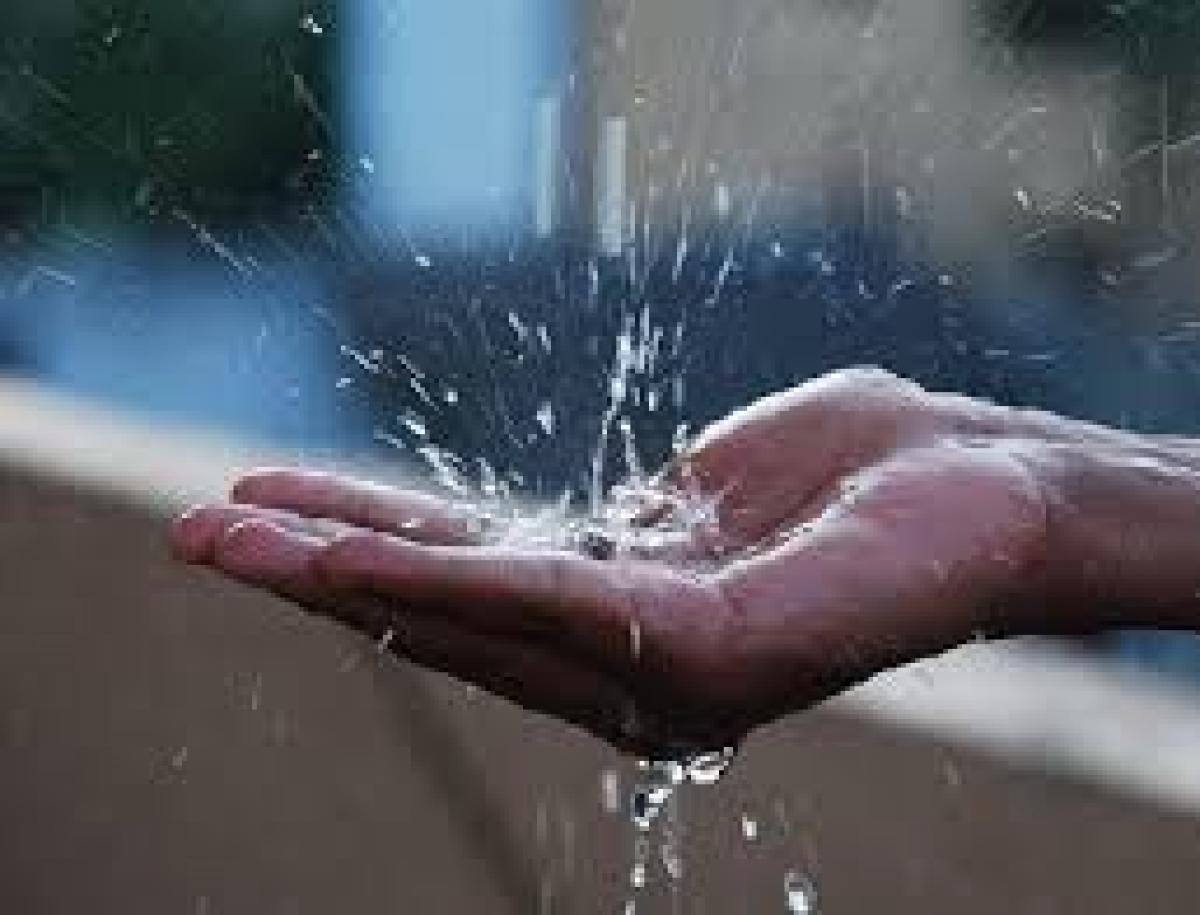Live
- Facial recognition-based attendance in Sectt from today
- TGPSC to be restructured on par with UPSC
- Gabba pitch to have pace and bounce
- Not taking a break after Olympics left me emotionally drained
- SSC public exams from March 17 to 31
- Pathetic state of Zoo Park-Aramghar underpass turning deadly for commuters
- Losses galore for PCB if it pulls out of Champions Trophy over hosting deadlock
- Govt to support plot owners in build homes
- Bumrah maintains No.1; Brook displaces Root
- Karthik’s SA debut: More Indians to join league
Just In

Over the past decade, respective governments in Jharkhand have spent more than Rs.26,000 crore ($4 billion) but, instead of giving respite to the people, the water scenario in the state is far from rosy as ground water levels in most parts of the state have sunk to an alarming 800-1500 feet.
Over the past decade, respective governments in Jharkhand have spent more than Rs.26,000 crore ($4 billion) but, instead of giving respite to the people, the water scenario in the state is far from rosy as ground water levels in most parts of the state have sunk to an alarming 800-1500 feet.
Of the Rs.26,000 crore, more than Rs.20,000 crore has been spent in the rural areas and the remaining in the urban areas. Despite this, at the time the state was created in 2000 from Bihar, the number of wells that had stood at 75,000 declined to 10,000.
The number of ponds in the state capital Ranchi alone declined from 40 to 28 while the four rivers that pass through the capital have been all but converted into drains.
This apart, there is the lack of coordination among different departments. The drinking water department only looks after projects in rural areas. The urban areas are the responsibility of the respective municipal bodies, while the water resources department is responsible for conservation and maintenance of dams, ponds and rivers.
To be fair, the water resources department has initiated some steps to enhance the water level in the reservoirs.
"A joint technical committee of the water resources and drinking water departments has been formed to study how to enhance the supply of drinking water to Ranchi," Sukhdeo Singh, principal secretary of the water resources department, told IANS.
The committee will study how to enhance the water level of the existing reservoirs. The committee will also suggest how to augment the water level by recharging the reservoirs and creating new reservoirs on the outskirts of Ranchi in a periphery of 40 km to 100 km, he added.
Ranchi's main source of water, the Hatia Dam, is left with just about enough water to quench the city's thirst for another 20 days.
Such is the bleak water scenario in the state that warnings have been issued that if underground sources continue to be indiscriminately tapped, these would run dry.
This apart, leave in the water resources department has been cancelled, control rooms have been established and toll free numbers activated to register complaints regarding water crisis. In the needy areas, water is also being sent through tankers.
Experts have pointed out that without proper planning, crores of rupees have been spent on installing hand-pumps while the bottling plant industry too has been busy taking out the ground water and supplying it in the guise of mineral water.
The monthly sales of mineral water in the state capital alone is estimated at Rs.10 crore. The state government has failed to take action against these bottling plants as only 22 are operating with proper licences while some 70 others are illegal.
The state government has made rainwater harvesting mandatory for apartment blocks and other highrises but typically, the municipal corporation rarely ensures builders stick to the rule.
The only saviour now seems to be the monsoon and people across the state say that predictions of above average rain will come true.

© 2024 Hyderabad Media House Limited/The Hans India. All rights reserved. Powered by hocalwire.com







